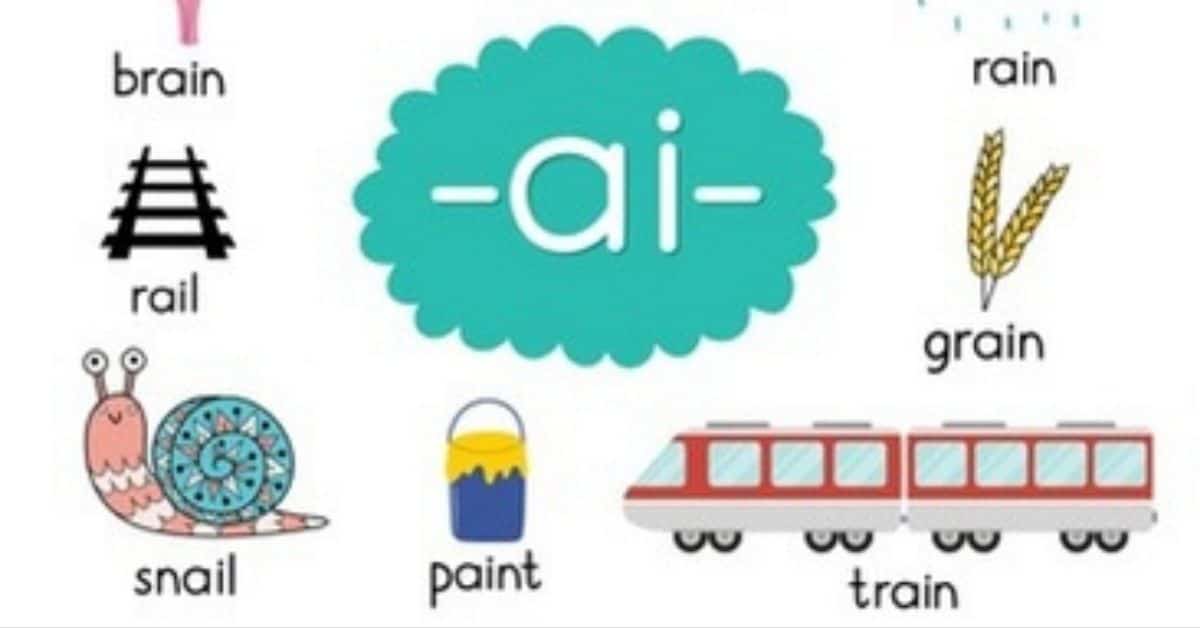The 20 Vowel Sounds with their Examples
Vowels sounds are completely different from the vowel of the alphabets, A, E, I, O, U. A vowel is a sound produced during a speech in which the flow of its production is unhindered.
One of the characteristics of a vowel sound is that it can stand on its own as a syllable. Only a few cases in the English Language do not have vowel sounds and most of the words are used to express exclamations such as brrh. Vowels sounds are undeniably important. The English language is heavily reliant on vowel sounds.
Advertisement
Vowel sounds account for 20 of the speech sounds in the English language. We are going to examine the 20 vowel sounds and state some examples.
How are vowel sounds produced?
When a vowel sound has produced the path for the flow of air is clear from the lungs down to the mouth. All vowel sounds produced are all voice which is a distinguishing factor between them and consonants which can be voiced or voiceless. A voiced sound is simply a speech sound that is produced when the vocal cords vibrate.
Also, we take into consideration how the lips are shaped and the tongue’s position when a vowel sound is produced. This is important as it could affect the quality of the vowel produced.
Advertisement
Also, read Sexual Benefits of Guava Leaves.
Classification of Vowel sounds
The 20 vowels sounds are classified based on monophthongs and diphthongs based on the way they are produced. We have 12 monophthongs and 8 diphthongs.
Monophthongs
Monophthongs are also referred to as pure vowels because they are pronounced at once that is, it has fixed articulation hence the prefix MONO which means one. It is further classified into short and long vowels. We have 7 short vowels and 5 long vowels. The short vowels have a shorter time of production compared to the long vowels.
The 7 short vowels are:
- /i/
Examples of words where the /i/ sound can be found are bid, fit, hip, kit, jig, lip, lid, nip, pin, hid, jig, rid, jig, him.
- /e/
Examples of words where the /e/ sound can be found are: get, when, well, very, bed, said, hell, even, vegan, wet, hem, jet, bend, lend, wreck.
- /ae/
Examples are: Have, that, as, can, sad, bad, bag, cat, fat, gnat, rat, pat, rat, mat, hat, past, lag, sack, band, jab, hand, family.
- /ə/
Examples are us, again, woman, even, never, after, under, about, could, us, the, against, little, different, really, where, rather, although.
- /ʌ/
Examples are other, sun, but, one, much, country, company, some, another, come, such, become, understand, until, cup, mouth, dumb, onion, rough, must, country.
- /ʊ/
Examples are: good, full, look, put, should, wood, would, fool, pull, push, woman, bush, wolf, stool, stood, hood, crook, cook, shook, bull, took, rook, sugar, cookie, wooden, could.
- /ɒ/
Examples are: want, off, lob, puff, job, on, from, problem, because, what, worth, not, always, however, last, course, before, small, rather, important, often, long, point, water, possible, probably.
The Long Vowels sounds and examples of words you can find them
- /ɔ:/
Examples are Accord, long, talking, poorest, morning, walk, door, saw, salt, brought, before, four, broad, soar, roar, car, four, bawd, port, caught, water, ward, awful.
- /ɜ:/
Examples are: early, church, journey, bird, search, earth, person, term, were, perfect, first, turn, world, girl
- /ɑ:/
Examples are art, palm, spa, lot, stop, bath, wasp, father, calm, harm, large, department, market, target, sharp, guitar, march, partner.
- /u:/
Examples are: grew, beauty, view, shoe, soon, suit, rude, cute, use, tube, cube
- /i:/
Examples are seat, beat, cheap, beep, chief, piece, peace, leave, and creed.
However, the short and long vowels can still be further classified based on the following criteria.
Also, read Drugs used for Toilet Infection in Nigeria.
The height of the vowel
This depends on the tongue’s position when producing the pure vowels, whether it is in its highest or the lowest position. Based on this classification, we can further classify the vowels into three categories: high, mid, and low.
In the high category, the vowels are produced when the tongue is close to the roof of the mouth because it is raised. /i:/ /i/ /ʊ/ /u:/ are the vowel sounds in this category.
The mid category consists of vowels produced when the tongue is in the middle of the roof and floor of the mouth. /e/ /ɜ:/ /ə/ /ɔ:/ are the vowel sounds in this category.
The low category consists of vowels produced when the tongue is closer to the floor of the mouth. /ʌ/ /ɑ:/ /æ/ /ɒ/ are the vowel sounds in this category.
The location of the vowel
This involves the position of the part of the tongue which is the tip, blade, front, center, and back at the moment, the vowel sound is produced.
The classification under this category are: Front, Centre, and Back vowels
The front vowels are produced when the front part of the tongue is raised. /i:/ /ɪ/ /e/ /æ/ are the vowels in this category.
The center vowels are produced when the center of the tongue is raised. /ɜ:/ /ʌ/ /ə/ are the vowels in this category.
The back vowels are produced by pulling the tongue backward thereby causing the back of the tongue raised. /ʊ/ /u:/ /ɒ/ /ɔ:/ /ɑ:/ are the vowels in this category.
The shape of the lip and its position
This depends on whether the lips are round or not when the vowels are produced. The vowels can be classified as rounded, unrounded, or neutral
Rounded lips vowels are produced when the lips are rounded. /ʊ/ /u:/ /ɒ/ /ɔ:/ are the vowels in this category.
Unrounded lips vowels are produced when the lips are spread. /ɑ:/ /i:/ /ɪ/ /e/ /æ/ are the vowels in this category.
Neutral lips vowels are produced when the lips remain in their original position at the time of production. /ɜ:/ /ʌ/ /ə/ are the vowels in this category.
Also, read Angela Kukawski’s Net Worth.
Diphthongs
Diphthongs are also called gliding vowels because they are a combination of two vowel sounds and one has to articulate between the two vowel sounds to produce them.
The diphthongs are:
/ɪə/
Examples are: appear, bear, peer, mere, cheer, mere.
/ʊə/
Examples are poor, moor, tour, sewer, doer, and your.
/eə/
Examples are: farce, scarce, bear, aerial, dairy
/eɪ/
Examples are: make, great, grey, bait, raid
/aɪ/
Examples are: aisle, pine, height, time, die, buy, pry
/ɔɪ/
Examples are: boy, noise, annoy, buoy, oyster, oil
/aʊ/
Examples are: proud, route, rout, pout, bout, boat, rose, soul
/əʊ/
Examples are: how, loud, tout, cow, low, show, code
They are further classified into centering diphthongs and closing diphthongs.
- Centering Diphthongs: they are vowels where the last vowel is /ə/ which is a center vowel. /ɪə/, /ʊə/, /eə/ are the vowel sounds in this category.
- Closing Diphthongs: they vowels where the last vowel /i/ which is a front vowel. /eɪ/, /əʊ/, /aʊ/, /aɪ/, /ɔɪ/ are the vowel sounds in this category
Summary of 20 Vowel Sounds with Examples
In the English Language, there are 44 speech sounds – 20 vowel sounds and 24 consonant sounds. The vowel sounds are a significant part of the English language. They are divided into 12 monophthongs and 8 diphthongs. They are all voiced sounds and each is unique.
Before you go, apply for York University’s Scholarship.






